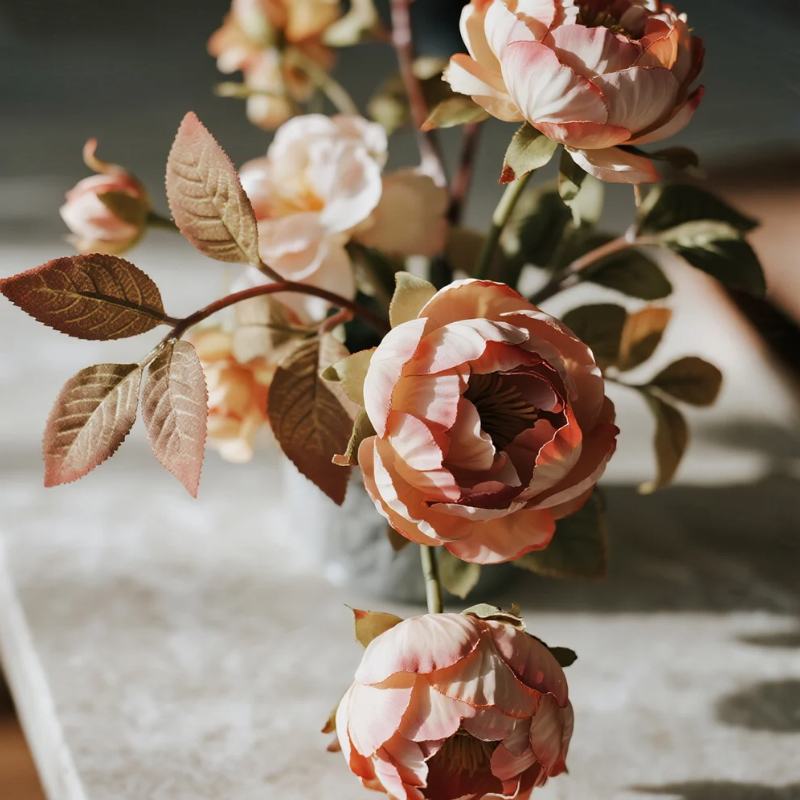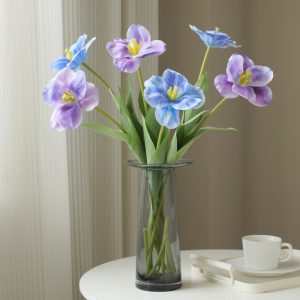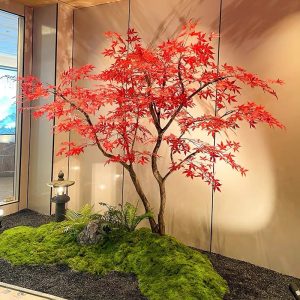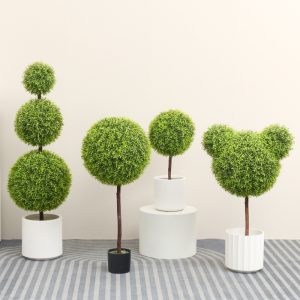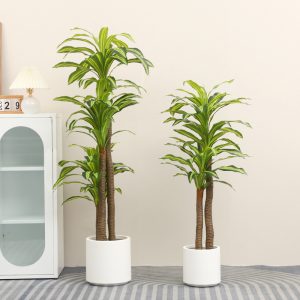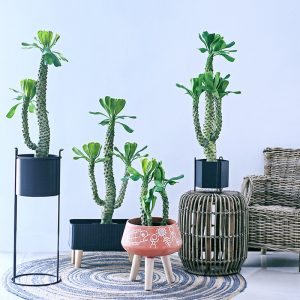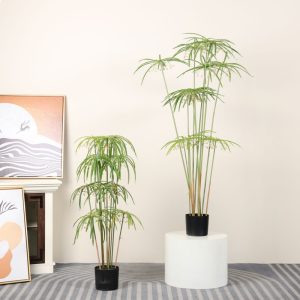Artificial cherry blossom trees have become a signature décor element for weddings, hospitality, and retail spaces. Unlike fresh flowers, these trees retain their vibrant colors year-round, eliminating the ongoing maintenance costs associated with live blooms.
For wholesale buyers, choosing the right supplier goes beyond product images. Material durability, safety compliance, logistics efficiency, and production capacity all influence long-term profitability. This guide provides a practical approach for procurement managers to evaluate artificial cherry blossom trees based on international standards and market demand.
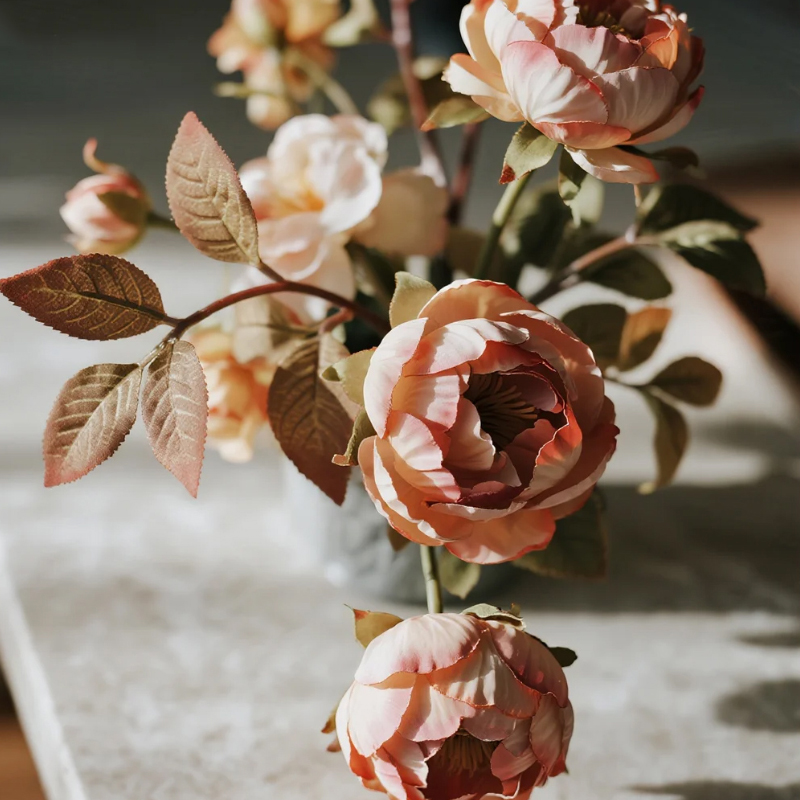
💍 Key Applications
Weddings and Celebrations
Cherry blossoms are widely recognized as symbols of romance and renewal. Strategically placing large artificial trees along aisles or at entrances elevates the ambiance for weddings and special events. Unlike fresh flowers, these trees maintain flawless appearance throughout the event, reducing replacement risk and last-minute setups.
Key Takeaway: Artificial cherry blossom trees simplify event planning and reduce décor risks.
Shopping Malls and Retail Displays
Retailers use seasonal displays to attract customers and reinforce branding. High-quality artificial cherry blossom trees with UV resistance, tested under ASTM G154 accelerated weathering standards, can withstand bright indoor lighting and remain vibrant for years.
According to Verified Market Research, the North American artificial flower market was valued at USD 821.31 million in 2024 and is expected to grow to USD 1,235.82 million by 2031, at a CAGR of 5.24%.
Key Takeaway: Durable blossoms lower replacement costs and maintain consistent visual branding.
Hotels, Restaurants, and Event Venues
Tall cherry blossom trees create striking focal points in lobbies, banquet halls, and reception areas. For example, a 4.5-meter faux cherry tree installed in a Shanghai hotel lobby in 2020 has maintained its original color for over five years, requiring only quarterly dusting [Internal Client Maintenance Record, 2025].
Key Takeaway: Artificial trees provide long-term visual impact while reducing weekly maintenance compared to fresh arrangements.
🛠 Essential Quality Standards for Bulk Orders
| Standard | Recommended Specification | Importance |
|---|---|---|
| Material Quality | ≥120 g/m² polyester satin petals; ISO 105-B02 color fastness ≥4 | Ensures realistic texture and durability |
| UV Resistance | ASTM G154 / ISO 4892-3 (ΔE < 3 after 1000 hours) | Prevents fading under lighting [ASTM Lab Report, 2024] |
| Fire Safety | NFPA 701 (U.S.) or EN13501 (EU) | Required for hotels, venues, and retail spaces [NFPA Standards Database] |
| Size Options | 1.5 m tabletop to 5 m lobby trees | Provides flexibility for different projects |
| Installation Stability | Weighted steel base; reinforced trunk joints | Ensures safety in high-traffic areas |
📦 Wholesale Considerations
- MOQ & Capacity: Reputable suppliers confirm minimum order quantities (typically 10–20 units per style) and maintain sufficient monthly production (≥1,000 units).
- Packaging & Transport: Petals and branches should be wrapped in foam and packed in reinforced cartons to prevent damage during shipping.
- Logistics & Duties: Delivered Duty Paid (DDP) terms simplify customs clearance in the EU and U.S. Certificates of Origin ensure import compliance.
- After-Sales Support: Warranties of at least 12 months are standard in B2B décor supply [B2B After-Sales Benchmark, 2023].
🌸 Artificial vs. Real Blossoms
| Factor | Real Blossoms | Artificial Blossoms |
|---|---|---|
| Lifespan | 3–7 days | 3–5 years |
| Maintenance | Requires water and temperature control | Occasional dusting only |
| Seasonality | Limited to spring | Available year-round |
| Cost | Continuous replacement costs | Higher upfront cost but lower lifecycle cost |
Event planners report saving 20–30% on décor budgets when switching to artificial blossoms for recurring events (Event Planner Cost Study, 2023).
📈 Market Trends and Opportunities
The global artificial plant market is projected to reach USD 3.6 billion by 2028, growing at a CAGR of 5.5% .
- Europe & North America: Hotels and malls increasingly use tall cherry blossom trees to maintain consistent luxury branding.
- Asia-Pacific: Weddings continue to drive demand, with cherry blossoms symbolizing prosperity.
- Wholesale Advantage: Partnering with certified manufacturers ensures access to safe, scalable products aligned with market growth.
❓ FAQ
Q1. Are the cherry blossom trees UV-tested?
Yes. All products undergo ASTM G154 accelerated aging tests with ΔE < 3 after 1000 hours (ASTM Lab Report, 2024).
Q2. Are these trees safe for hotel lobbies?
Yes. Fire-retardant treatments meet NFPA 701 standards, compliant with U.S. public space regulations (NFPA Standards Database).
Q4. Do you provide installation instructions?
Yes. Step-by-step PDF manuals are provided, along with optional video support for larger models.
Q3. What is the typical MOQ?
MOQ typically ranges from 10–20 units per style, depending on customization options.
✅ Conclusion
Artificial cherry blossom trees combine aesthetic appeal, durability, and safety compliance. They are ideal for weddings, retail spaces, and hospitality projects. For wholesale buyers, verifying certifications, material quality, and supplier capacity ensures safety, cost-efficiency, and long-term satisfaction.
📩 Contact us today for a full catalog, MOQ details, and downloadable lab reports tailored for your market.

